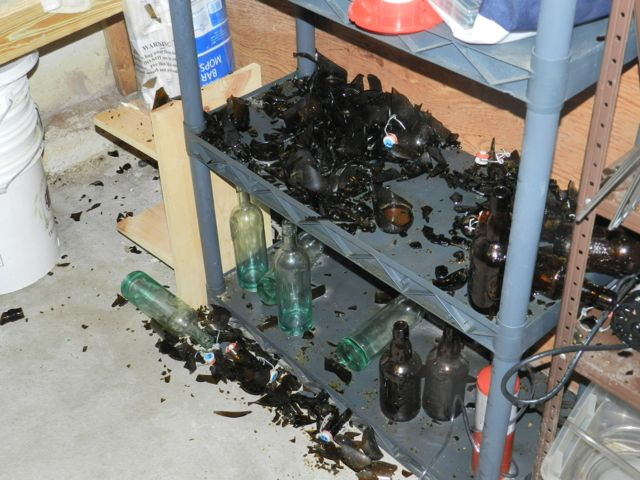BrewingWisdom
Well-Known Member
Hello brewers
Last time
(Thread 'I finally made a beer from scratch' I finally made a beer from scratch)
I used individual bottles for conditioning but this time I plan to condition my whole batch into another tightly sealed bucket with some LME.
Has anyone here used a secondary bucket successfully for carbonation? Does this approach can cause oxygenation during the transfer stage?
The reason why I am doing this because I hate the yeast sediment at the bottom of my bottles. I find it irritating when it comes in the mouth. Specially when it gets mixed up due to pressure when I open my bottles.
Last time
(Thread 'I finally made a beer from scratch' I finally made a beer from scratch)
I used individual bottles for conditioning but this time I plan to condition my whole batch into another tightly sealed bucket with some LME.
Has anyone here used a secondary bucket successfully for carbonation? Does this approach can cause oxygenation during the transfer stage?
The reason why I am doing this because I hate the yeast sediment at the bottom of my bottles. I find it irritating when it comes in the mouth. Specially when it gets mixed up due to pressure when I open my bottles.
Last edited:










































![Craft A Brew - Safale S-04 Dry Yeast - Fermentis - English Ale Dry Yeast - For English and American Ales and Hard Apple Ciders - Ingredients for Home Brewing - Beer Making Supplies - [1 Pack]](https://m.media-amazon.com/images/I/41fVGNh6JfL._SL500_.jpg)

















